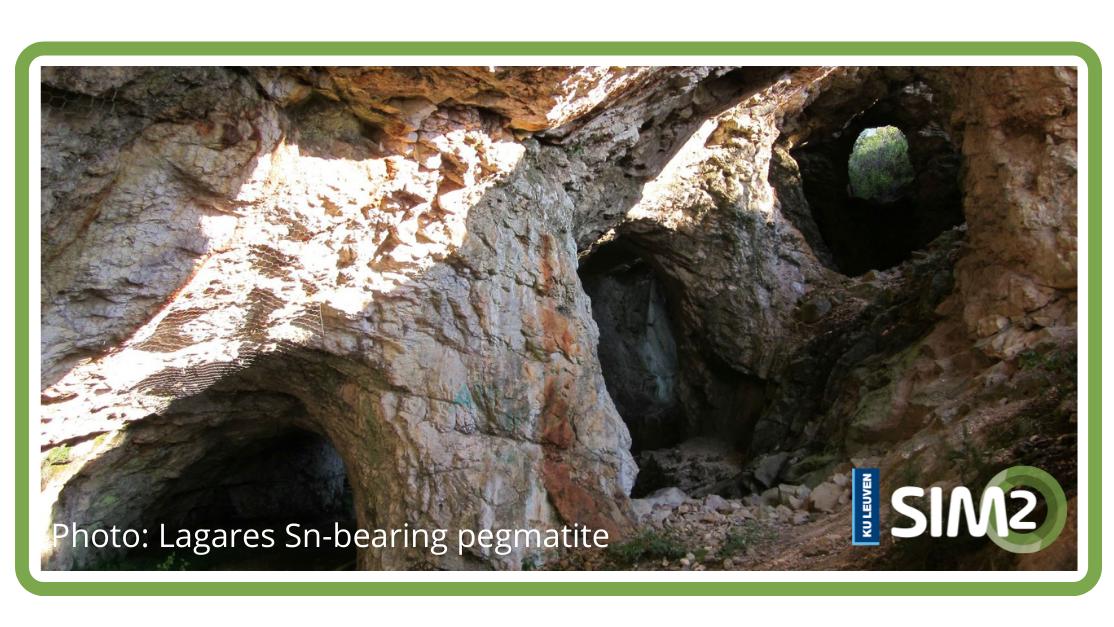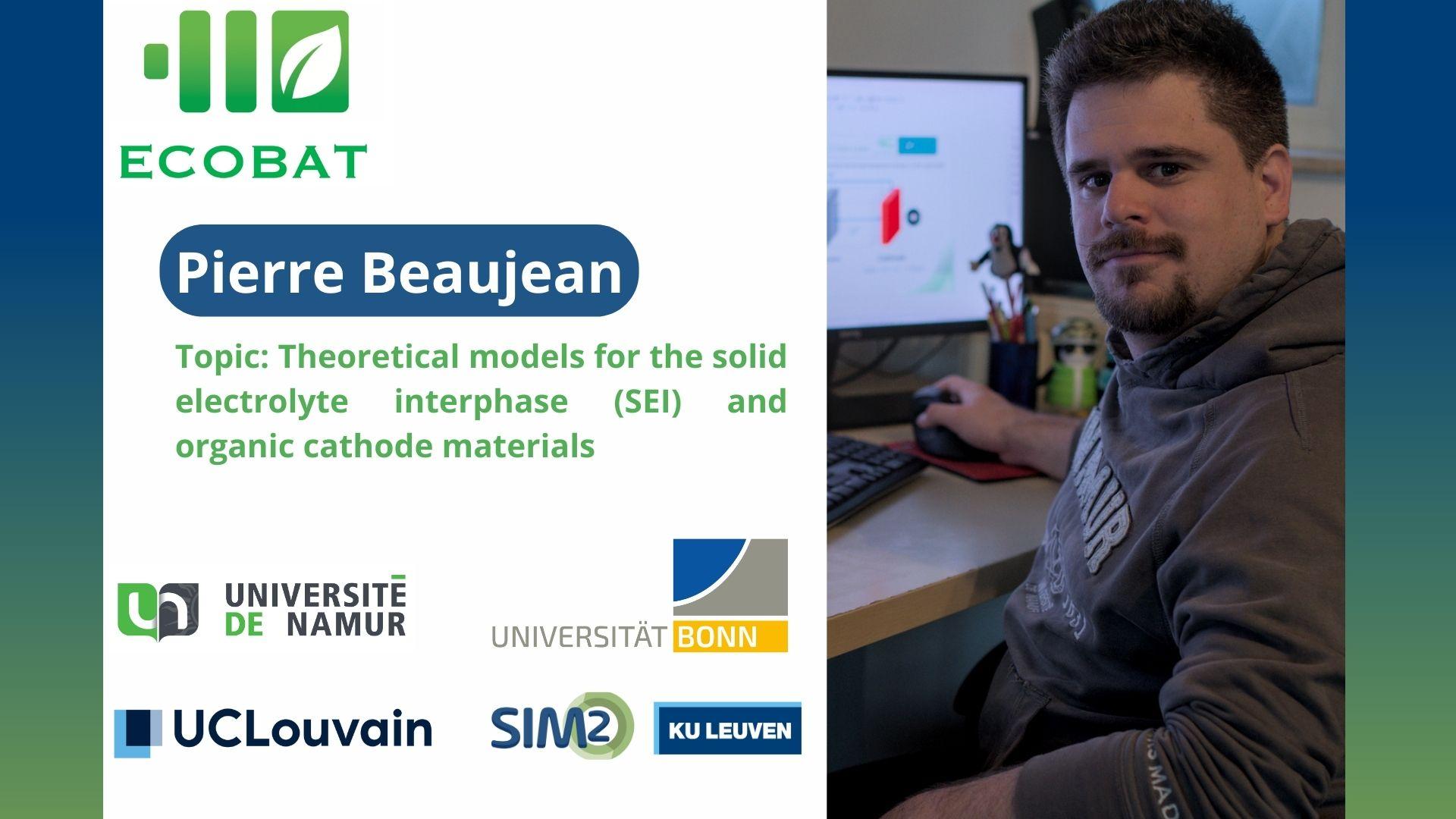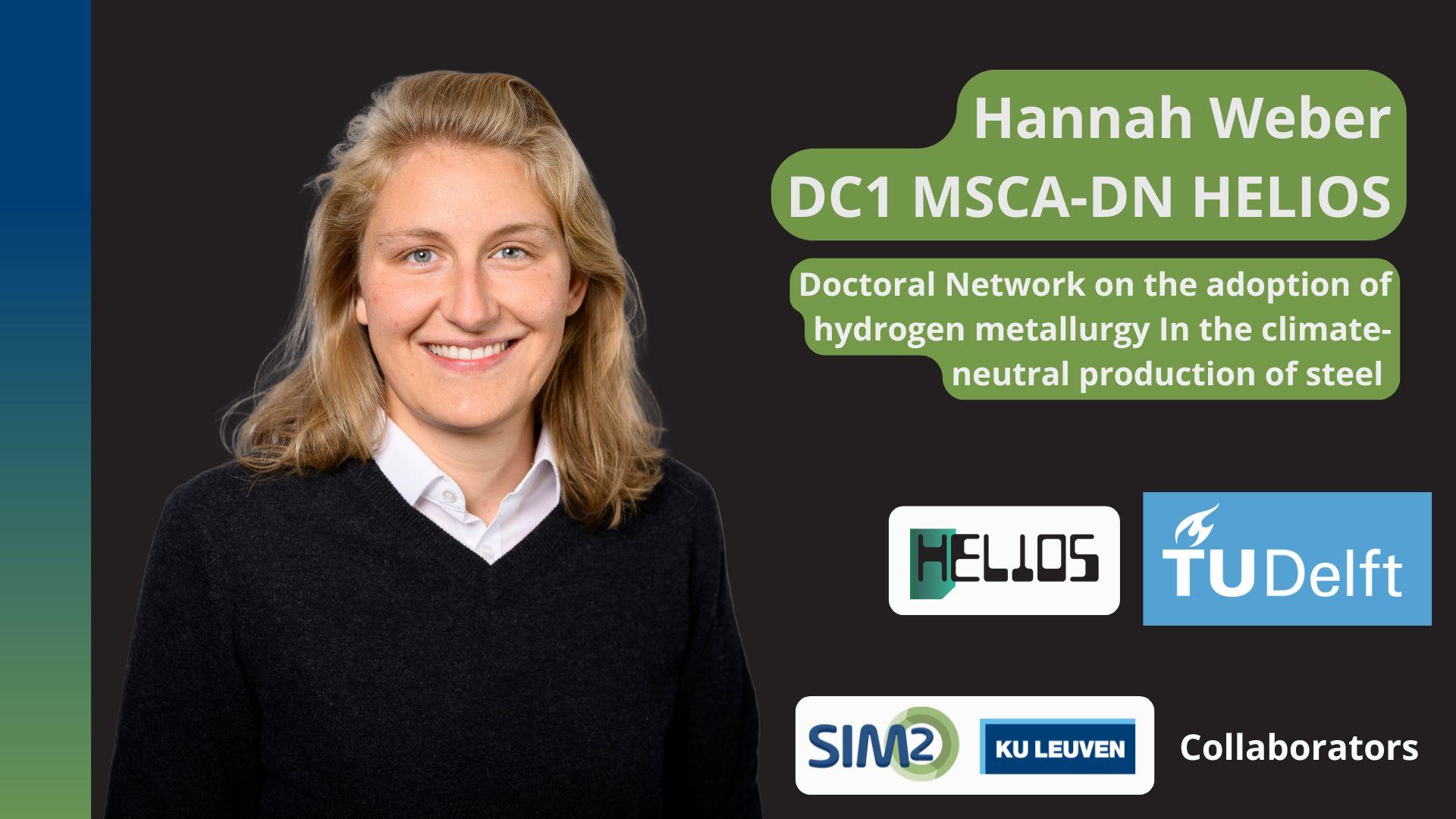Against the background of potential lithium mining projects in Portugal and Spain, SIM² KU Leuven geologists Dominique Jacques, Philippe Muchez and Manuel Sintubin tackled the question which geological processes control Nb-Ta-Li and W-Sn pegmatite deposits in Iberia. In a new study published in the Journal of the Geological Society of London, they demonstrate that there is a close relationship between the geometry of W-Sn and Nb-Ta-Li bearing hydrothermal veins and pegmatites in Iberia and the deformation processes active during the Variscan orogeny. Using this information we can now predict the expected geometry of W-Sn-Nb-Ta-Li deposits, which are of key interest to provide the energy-transition and/or critical metals of the future. This knowledge can also aid in future exploration endeavours of the major lithium-bearing Barroso-Alvão and Fregenda-Almendra pegmatite systems in Portugal that show a similar structural control.
Critical metals for a sustainable future
W-Sn and Nb-Ta-Li mineralisation occurs in close association with strongly differentiated granites in orogenic belts across the globe. A large variety of deposit styles exists, but hydrothermal quartz veins and pegmatites are the most widespread. Tungsten, niobium, tantalum and lithium have been classified as economically critical raw materials for the high-tech industry in the European Union based on their high economic importance and supply risk (CRM list 2020).
Because of their very high melting points, extreme hardness, resistance to corrosion and very good electrical properties, tungsten, niobium and tantalum, the so-called “refractory metals”, are economically of high interest (see also EU TARANTULA project). They have major use in industrial applications as abrasives, refiners in steel and superalloys, superconductors, high-performance capacitors, etc.
And, as commonly known, lithium is of extremely high importance because of its use in lithium-ion batteries, for which the future demand is exponentially increasing due the booming electric vehicle market as the world is getting ready for the transition to clean(er) mobility (see also Interview with Dr. Jacques: “Lithium mining in Spain & Portugal is within the realm of possibility”).
 Lead author of paper: Dr. Dominique Jacques (SIM² KU Leuven) (credits photo: Elisabeth De Decker)
Lead author of paper: Dr. Dominique Jacques (SIM² KU Leuven) (credits photo: Elisabeth De Decker)
Mineral system approach
To optimise the future exploration of these critical minerals, new concepts and technologies need to be developed. The construction of 2-3-4D mineralisation models using the mineral system concept was prioritised by the Strategic Implementation Plan on Raw Materials by the European Commission.
To conceptualise such a mineral system the main components contributing to form an economically-viable mineral deposit need to be identified. The current knowledge on granite-related W-Sn-Nb-Ta-Li mineralisation mainly originates from a mineralogical and geochemical viewpoint. However, the structural emplacement processes and their relationship with the tectonic context are insufficiently defined and hamper the use of a generic mineral system approach.
Structural control on mineralisation
In this study, the auhtors have highlighted the strong control imposed by late- to post-Variscan fold generations on the attitude of W-Sn and Nb-Ta-Li bearing hydrothermal veins and pegmatites in Iberia. Structural analyses in Central Portugal have demonstrated that the rock formations are strongly affected by late- (F3) and post-Variscan (F4) fold generations.
These fold generations vary strongly in geometry depending on the age of the host-rock formation. Infra-Alcudian rocks are characterised by folds with a steep plunge, while supra-Alcudian and younger rocks show folds with a gentle plunge. This contrast demonstrates the presence of an intra-Alcudian unconformity caused by Cadomian tectonics.
On a regional scale these fold generations are accompanied by the pervasive development of fractures at a 90° angle to the fold axes, i.e. cross-fold joints. Many of the mineralised hydrothermal veins and pegmatites are exploiting these joints, with their attitude varying from gently-dipping in the infra-Alcudian to having a subvertical dip in the supra-Alcudian and Lower Paleozoic. Hence, the authors have demonstrated the close relationship between deposit style/geometry and the tectonic context in which the mineralisation occurred.
On the scale of the entire Iberian metallogenic province an internal tectonic subdivision is suggested. In the northern domain of the province, supra-Alcudian basement formations and subvertical veins predominate. In the southern domain, generally infra-Alcudian formations are witnessed and subhorizontal veins are observed.
This knowledge can aid in future exploration endeavours as we can now predict the expected geometry of W-Sn-Nb-Ta-Li mineralised veins by analysing the structure of the Variscan fold generations and the age of the hosting rock formation.
Full reference of paper
Jacques, D., Muchez, P., Sintubin, M., 2021. Late- to post-Variscan tectonics and the kinematic relationship with W–Sn vein-type mineralization: evidence from Late Carboniferous intramontane basins (Porto–Sátão syncline, Variscan Iberian belt). Journal of the Geological Society. https://doi.org/10.1144/jgs2020-223
Acknowledgments
Research was funded by the Onderzoeksraad, KU Leuven (OT/11/038) and a junior post-doctoral fellowship by Research Foundations – Flanders (52622).






